Back button focus, also known as thumb focus, is a technique where you separate the functions of focus and shutter release onto two separate buttons. You disable the focus function from the shutter or index button and assign focusing to a dedicated button on the back camera. Most DSLR, mirrorless, and even a few compacts are capable of back button focus either through a dedicated AF button or another button on the camera back that can be programmed. In the simplest terms, back button focus allows us to auto focus by pushing a button on the back of the camera body with our thumb and taking the picture by depressing the shutter release button with our index finger. So let's take a closer look and see if back button focus is for you.

With back button focus you can pre-focus were you think the blenny will be and as long as your distance from your subject does not change you can fire off a shot every time the fish shows itself.
USING BACK BUTTON FOCUS
So why would you want to separate focusing from the shutter release? If you have ever shot something like a small signal blenny popping in and out of a hole you know how frustrating it can be. You wait and wait only to have the auto focus hunt and fail as the fish finally emerges. No matter how hard you push the shutter button the camera won't take a picture because it can't lock focus. You can pre-focus, and either hold focus with a half press or focus lock button, but this can get tedious after just a few minutes. On the other hand, you can use back button focus, pre-focus on your subject and as long as your distance from your subject does not change you can fire off a shot every time the fish shows itself.
Similar to the scenario above, when shooting super-macro it can get frustrating if your lens is constantly hunting. One very useful technique is to pre-focus for the basic composition and magnification and then rock a little back and forth to achieve the sharpest focus. We call this “Lock It and Rock It!”. When the important area becomes sharp, you take the picture. Back button focus is the smart choice for this type of shooting. You can concentrate on composition, rock back and fourth to achieve sharp focus and take a shot whenever you like. You will need to be able to see when your subject is in focus, so an enhanced viewfinder can help with this technique.
Back button focus can also make for faster compositions. We know taking images with your subject dead center in the frame is usually not the most flattering. We can move the auto focus points around in the viewfinder, but this method is usually slower than focusing with the center focus point and then recomposing. If using an index finger focus, you have to refocus, half press and recompose for each additional shot. With back button focus you only need to focus once. As long as the distance from the subject does not change you can fire away at will.

For super-macro you can pre-focus for the basic composition and magnification and then rock the camera a little back and forth to achieve the sharpest focus.
SETTING UP YOUR CAMERA
First, if you're planning to use back button focus underwater, make sure your housing gives you easy access to the back focus control and shutter control with your thumb and index finger at the same time. Thankfully the Nauticam engineers have designed easy to use levers on most housings for back button compatible cameras. If the two controls are still a bit of a reach, you can swap out the standard handles for smaller ones.
Next, we need to disable the focus function from the shutter release. This will vary slightly depending on camera make and model, but the setting should be found in your custom control menu. After focus is disabled, the camera will meter with a half press of the shutter button and take an image with a full press. If you have a dedicated back focus button, you're ready to start shooting. If not, you will need to program one of the buttons on the back to meter and focus. Make sure this is the same button on your camera that corresponds to the correct control on your housing. This would also typically be found in the custom control menu, but I would suggest doing a search on your particular camera model on how to set up back button focus.
Because the camera will stop focusing any time you are not pressing the thumb button, I typically leave my camera set to [AI Servo] or [AF C]. That way, if you want to continuously focus, just keep your thumb pressed down. You can stop focus anytime by releasing your thumb. You can take photos at any time with the shutter button, regardless if you are holding down the thumb button or have it released. With camera lenses equipped with full time manual focusing like the Canon 100mm macro L and Nikon 105mm macro, you can install a manual focus gear and have manual focus whenever you are not pressing the thumb button.

Back button focus can also make for faster compositions. Focus on your subject using a center point, release your thumb and recompose.
CONCLUSION
If you have shot for a long time using the typical index finger focus and shutter release, then back button focus will take a little time to get used to. That being said, I don't know one photographer that has given back button focus a real try and switched back to using a single button focus and release. Once you start using it it, I'm sure you will start to see the advantages for yourself. So why not give it a try? It may change the way you shoot forever.




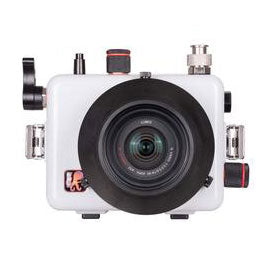
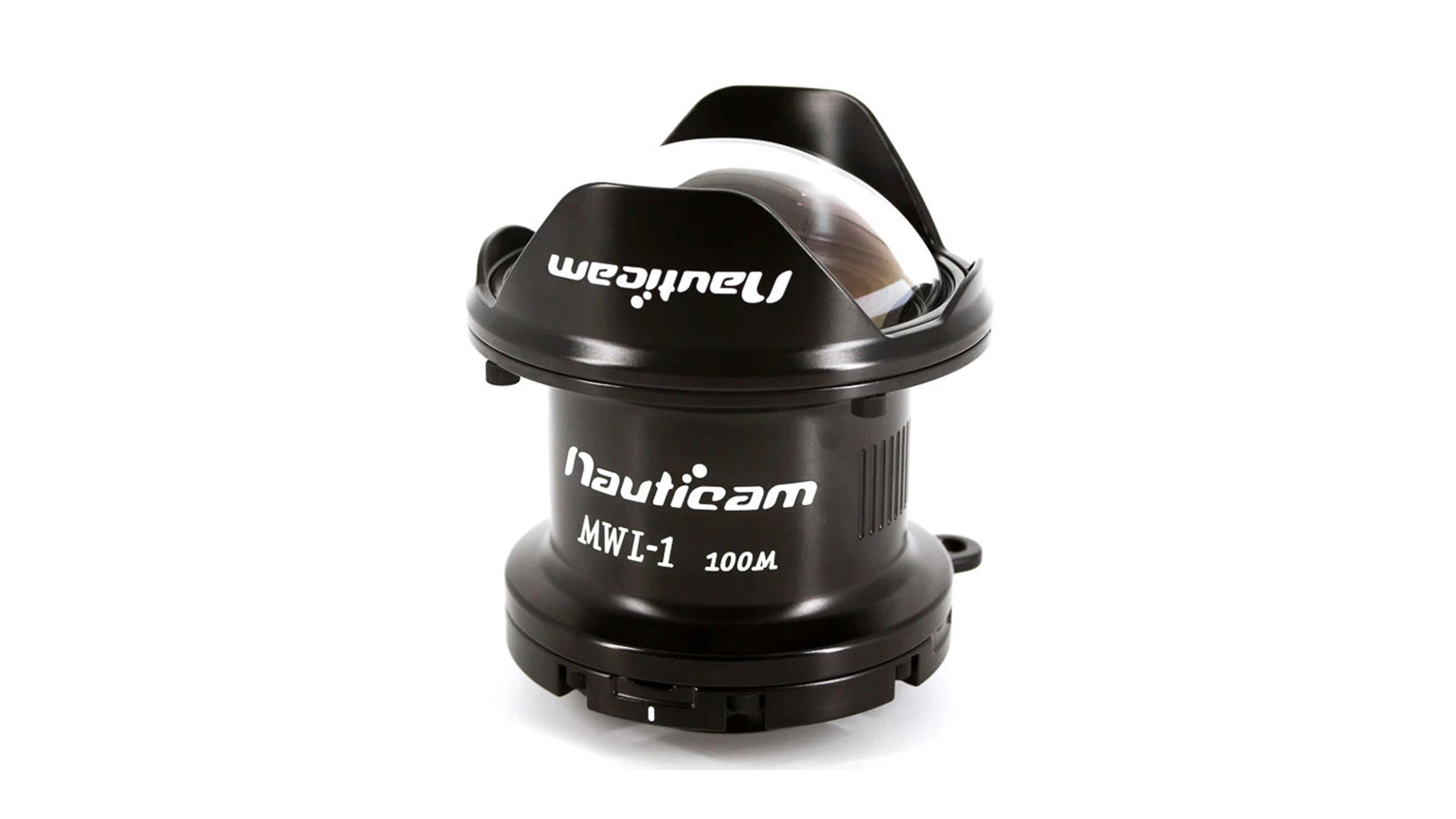
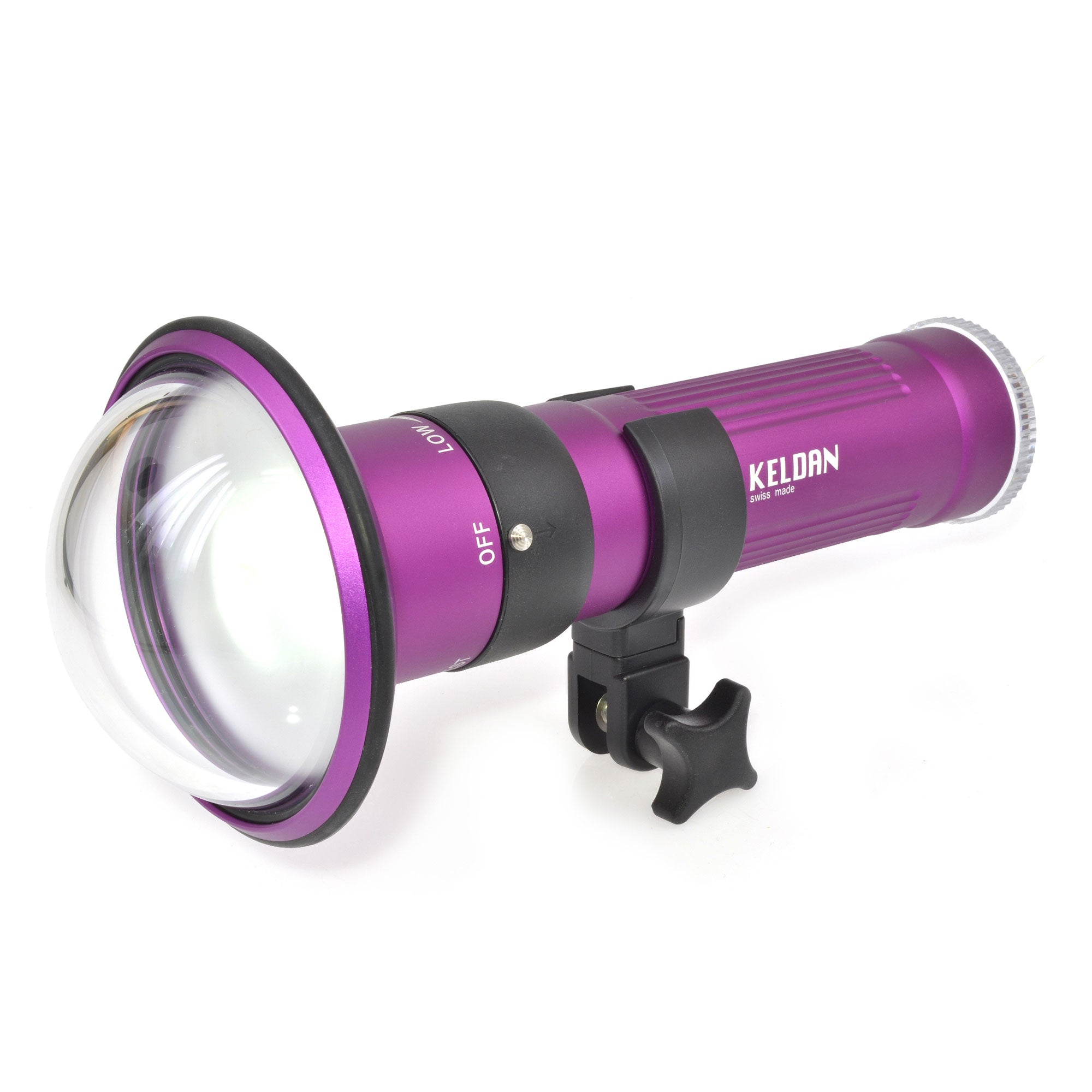
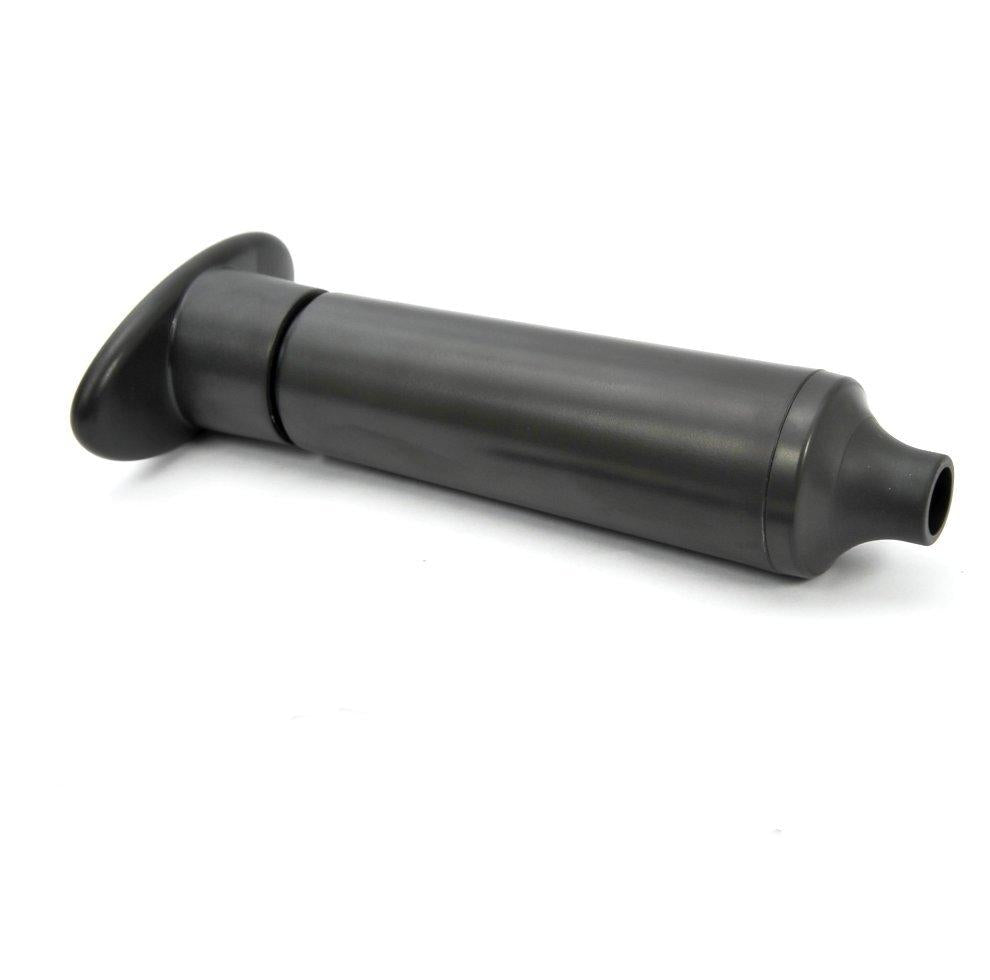
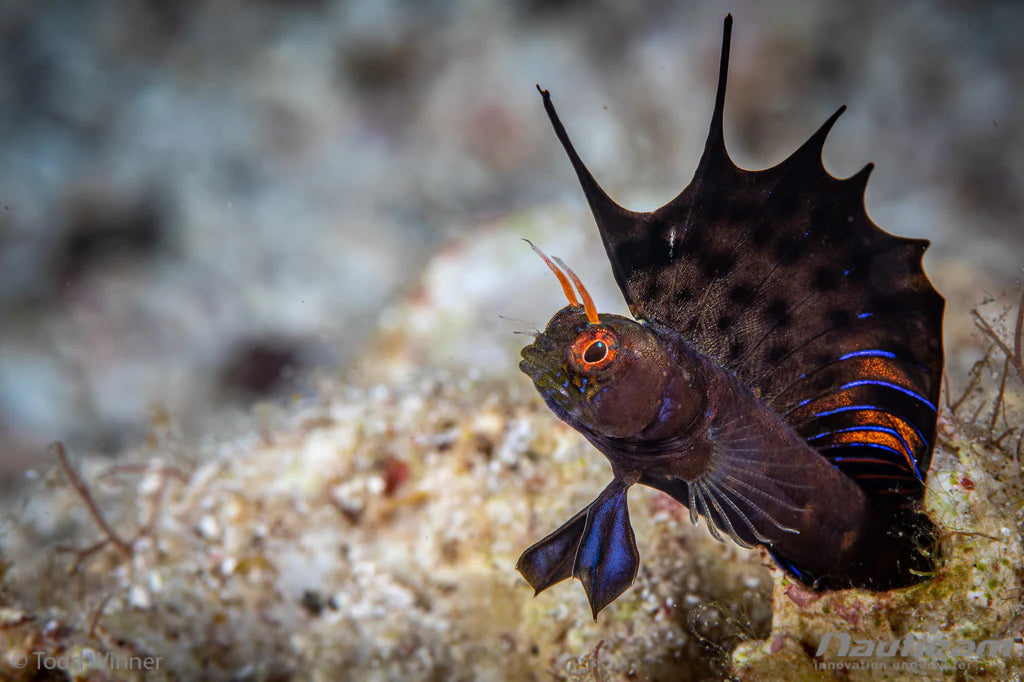



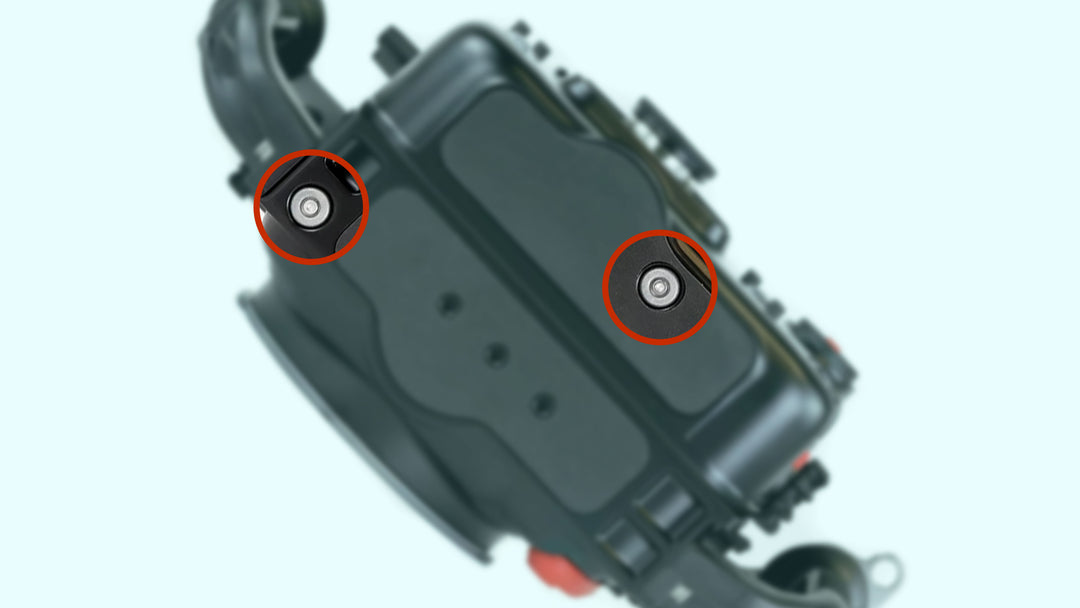
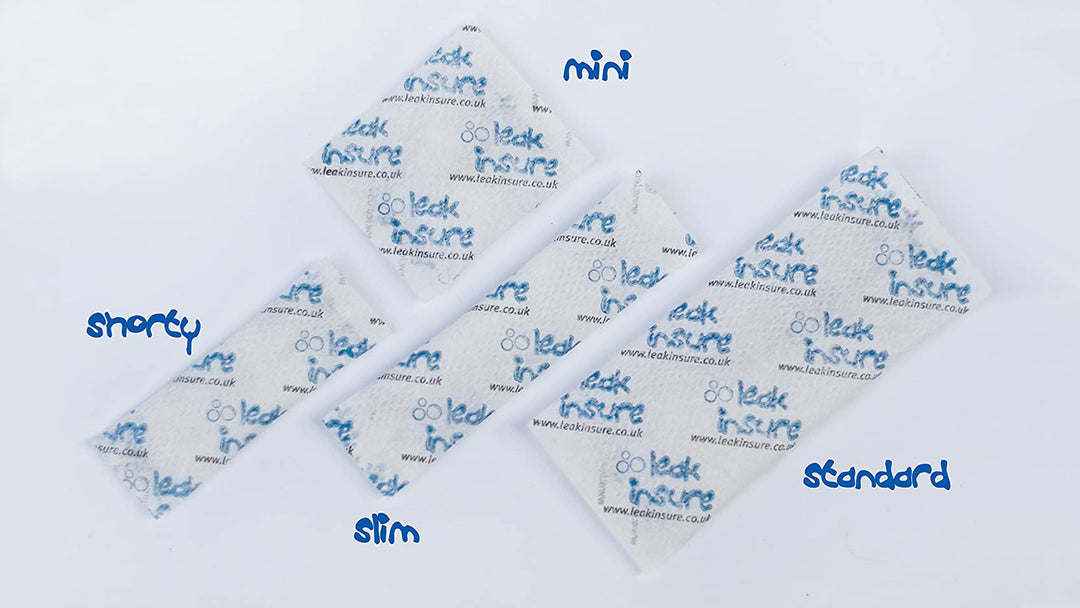

Leave a comment